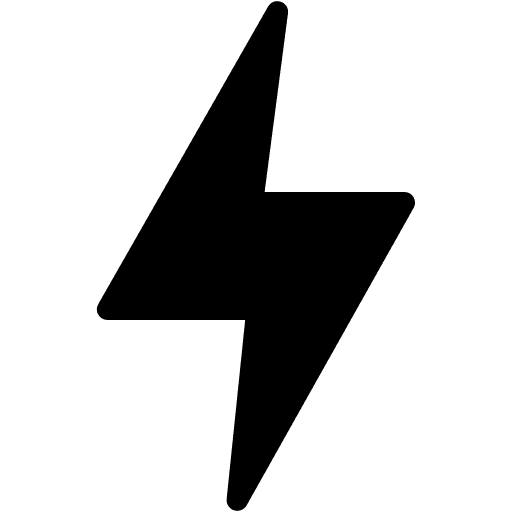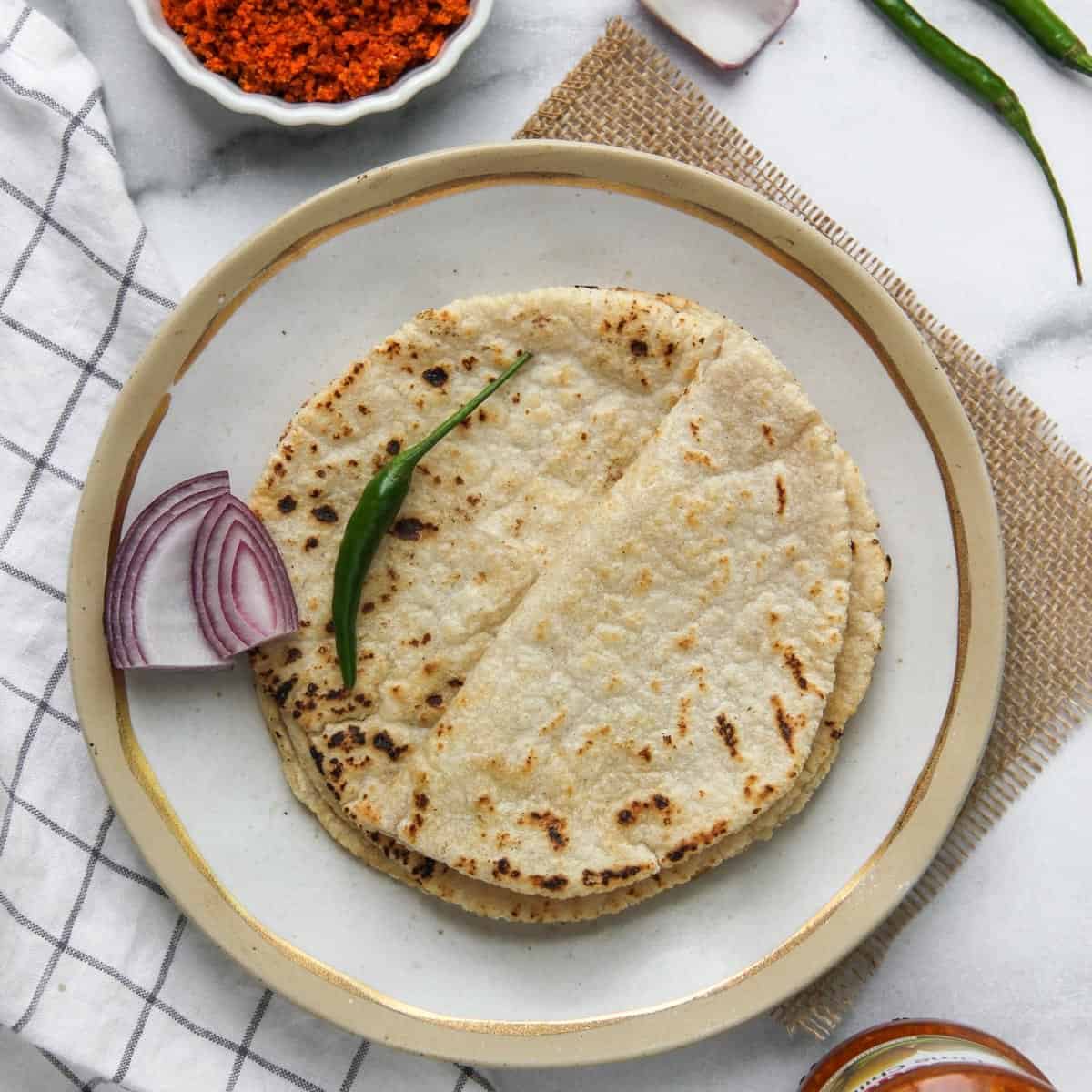Knowing your obesity type is important as it can tell you about its causes and what approach to use to combat it.

Obesity is a very common health problem in the world. It is growing like an epidemic and according to the global burden of disease 2017, it is estimated to have taken 4 million lives every year.
It was thought to be a problem for people living in developed countries but the recent data shows that even the people with malnutrition can become overweight.
Although all the are not the same. We can classify it broadly into 3 categories based on the location of the stored fat. Each type of obesity has a different cause, side effect and treatment process.
Let’s look at the types, causes and symptoms of being overweight.
What are 3 types of obesity?
An adult with a BMI of 25–30 kg/m2 is called overweight, and an adult who has a BMI >30 is called obese.
Body fat can be accumulated in part of the body. When this body fat is accumulated only in a specific area it is categorised differently. There 3 types of obesities based on the fat deposition area are –
1. Peripheral obesity

In this type of obesity, the fat is stored around the hips and thighs. This makes your lower body look bulkier than the upper body. Your buttocks may be rounder and heavier compared to healthy people. Here’s how you can sculpt your thighs at home.
2. Central obesity

In central obesity, the fat accumulates in the middle body i.e., the abdomen or belly. This type of obesity has high risks of cardiovascular disease, type-2 diabetes, hypertension, PCOS and dyslipidemia.
This may cause a hard or a soft belly based on the location of fat in the abdomen. Visceral fat may lead to a hard belly while subcutaneous fat can give you soft belly fat.
Central obesity can even be shown as fat in the upper body like the torso, nape of the neck and shoulders.
3. Combination obesity

This type of obesity, as the name indicates, has body fat distributed all over the body. It includes both types of obesity, central and peripheral.
You may have fat in the lower, middle and even in the upper body like arms, face, chest and neck.
What are the 3 main causes of obesity?
People 60+ years old are more likely to have obesity and its related health problems as compared to younger adults, according to the National Health and Nutrition Examination Survey.
However, there are various factors at play other than age that increase your risk of being overweight. Some of those are-
1. Excessive calorie intake
When you eat too much, specifically high-calorie foods rich in carbs, you accumulate a huge amount of calories which can lead to weight gain.
Eating fast foods, preservatives and fatty foods are the reason why people in developed countries are falling prey to this metabolic disorder.
2. No physical activity
When you consume too many calories but do not do much activity to burn most of them your body covers all those calories in the form of fat in different body parts.
Eating a lot is not so much a cause of obesity as is the lack of exercise. It can lead to peripheral body fat deposition, out of the 3 types of obesity.
3. Hormonal imbalance
The most common reason for obesity in people is hormonal imbalance.
It is most commonly due to hyperthyroidism, Cushing syndrome, hyperinsulinemia and most commonly in females as polycystic ovarian syndrome.
Symptoms of obesity
The main signs of obesity are intensified as the BMI increases. If you have these symptoms it is time to control your growing weight and take measures to lose weight naturally.
- BMI greater than 30 kg/m2.
- Joint pain when sitting
- Difficulty standing up after sitting down
- Gasping for breath after menial physical labour
- Stretch marks on arms, thighs and belly
- High blood pressure level > 140/90 mmHg.
- Fatigue
- Skin folds
- Heat intolerance
- Excessive snoring
How to lose weight with obesity?
The treatment of all types of obesity is possible by following an integrated and multidisciplinary approach to maintaining a healthy weight.
Even with that, it may take up to 5-6 months for the improvement of body shape and BMI in some cases.
The natural treatment of obesity includes making changes in diet and lifestyle habits. By eating healthily and doing more exercise you may see some significant results.
Along with these, herbal supplements can also be used to melt fat faster and get rid of all 3 types of obesity.
Try these to get rid of body fat
At Healmeright, we follow a holistic approach to help you get the desired BMI. We provide you with the best ayurvedic doctors in India, highly trained yoga instructors and health coaches to plan a diet chart based on your food preferences. No side effects, no rigorous routine.
Check the best affordable plans for obesity control, here.
Key takeaways
Obesity is a growing problem caused due to poor diet & lifestyle habits, lack of exercise and hormonal imbalances. All these 3 types of obesity can lead to multiple health disorders.
They can be managed with regular yoga practice and a healthy diet plan for weight loss.
FAQs
Obesity is classified into various categories and multiple types based on different parameters. Generally, on the basis of fat deposition in different body parts, it is divided into 3 types of obesity.
- peripheral obesity
- central obesity
- combination obesity
Type 2 obesity is a type of obesity based on the severity of being overweight. type-2 obesity is moderate-risk obesity with BMI between 35 – 40 KG/m2
Technically, obesity is categorised according to the body mass that you have. You are then called overweight, moderately obese or severely obese. The types of obesity based on BMI, are-
- if BMI is 25.0 to 30, it is called overweight
- if BMI is 30.0 to 35, it is low-risk obesity.
- if BMI is 35.0 to 40, it is moderate-risk obesity.
- if BMI is equal to or greater than 40.0, it is high-risk obesity.






































